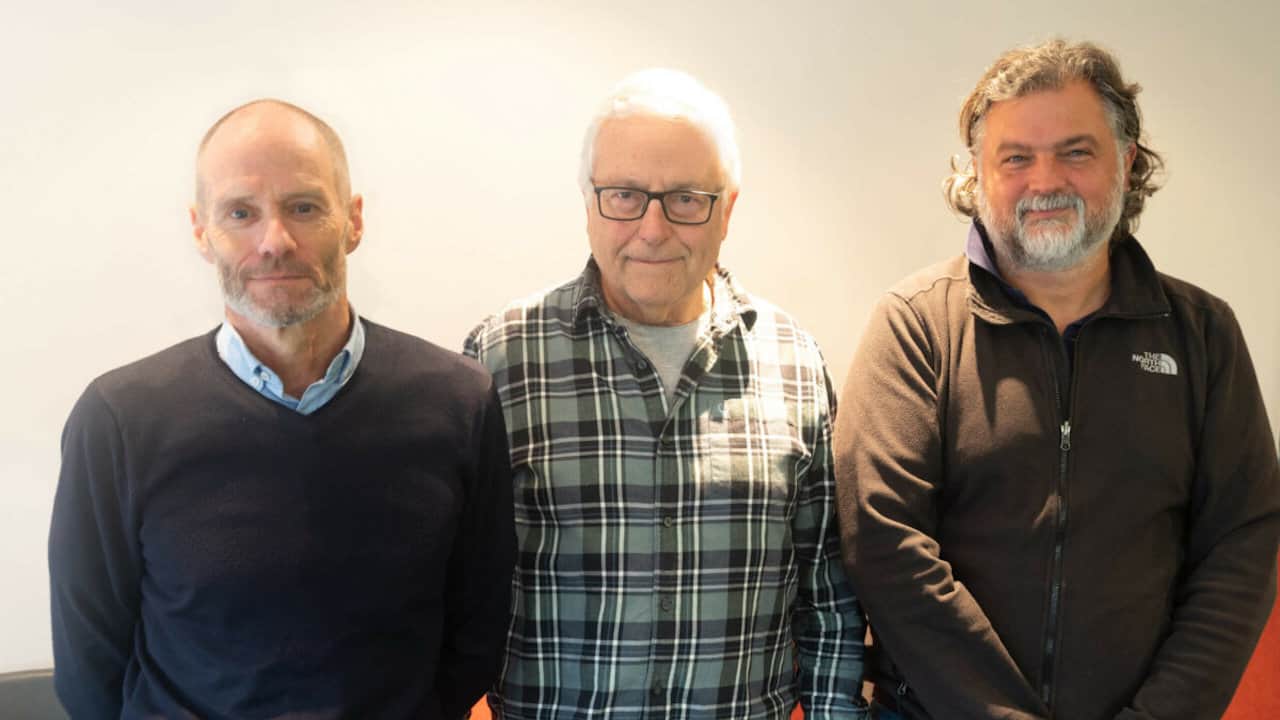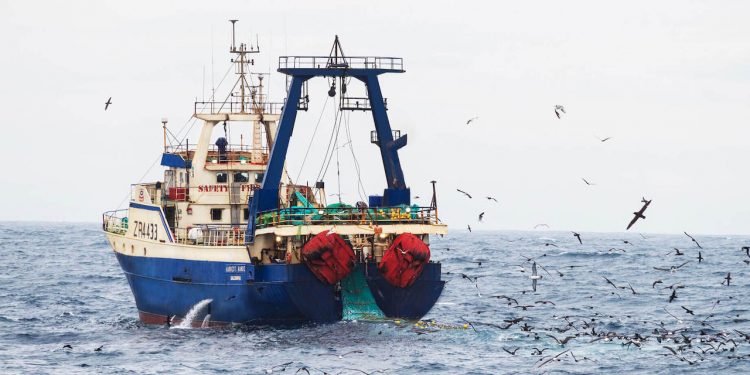Academics, conservationists and a number of divisions within the Department of Forestry, Fisheries and the Environment all participated in the annual surveillance audit of the South African trawl fishery for hake in June, carried out on behalf of the Marine Stewardship Council (MSC) by independent auditors LRQA.
Auditors Jim Andrews and Guiseppe Scarcella visited Cape Town 19-23 June and met a wide range of stakeholders to determine whether the hake trawl fishery is making progress against the conditions of certification. A third auditor, Johanna Pierre participated in the meetings remotely from New Zealand.
The trawl fishery for hake was certified as sustainable and well-managed by the MSC for a fourth consecutive five-year period in May 2021. Certification is dependent on the fishery meeting 14 conditions which are largely concerned with its interaction with, and impact on, seabed habitats and endangered, threatened and protected (ETP) species.

Over the past year the trawling industry has developed management strategies which set out the activities it has put in place – or plans to put in place – to manage its impact on the seabed and ETP species. These strategies have been shared with experts and fishery stakeholders and are now in the final stages of approval.
Also discussed by the team from LRQA was the need to increase the number of fishing voyages that are accompanied by scientific observers.
‘We can see that the observers are recording more information and that’s really good,’ said lead auditor, Jim Andrews at a meeting held to wrap up the stakeholder meetings.
‘The species list is more comprehensive than it ever was before. We can see that the observer protocol has been expanded so that observers are now looking at the larger species… so that’s creating more information and a clearer perspective of what the fishery is interacting with, but a recurring theme among all the people we’ve spoken to is that the observer coverage is at a low level.’
He acknowledged that the limited number of berths available on fishing vessels constrains the industry’s ability to carry more scientific observers. He recognised that when a vessel carries an observer it is able accommodate one fewer crew member; this affects vessel efficiencies as well as the earning potential of the crew.
‘We know that this fishery has its own characteristics and we know that you have to grapple with the challenges that it presents. [The expansion of the observer programme] has to be pragmatic,’ he said.
Jim Andrews commended SADSTIA for the exceptional quality of the stakeholders who work with the Association to improve the fishery’s environmental performance.
‘You have over the years built this incredible collaboration between people who in other places are sworn enemies,’ he noted, thanked SADSTIA and the large number of stakeholders that had contributed to the audit process and confirmed that the outcome of the audit would be made public by the end of August 2023.









